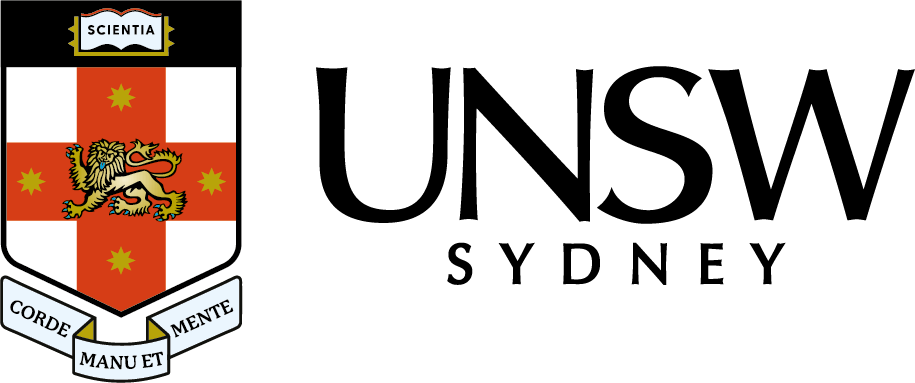Full description
The Male-Call Project data represents homosexually active men's knowledge of HIV and AIDS and their sexual practice, and how these relate to a number of demographic and contextual variables. Main variables include sexual identity, gay community and social involvement, sexual practice - enjoyment, frequency (regular and casual partners) and sexual history, media exposure, general AIDS knowledge and attitudes, 'safe sex' knowledge and practice, change in sexual practice, sex with women, prostitution, health practices, drugs, testing, relationship to people with AIDS.Background variables include age, country of birth, ethnicity, accommodation, labour force status, occupation, income, level of education, religion, marital status, and parenthood. Time Dimensions: One-time cross-sectional study. Sample Population: Australian males who had had sex with a man during the last 5 years. Sampling Procedures: Strategies were put in place to recruit both men who identify as gay and men who do not. Volunteer recruitment sources included sections of the organised and formal gay community (radio venues, gyms, businesses, publications); all modes of sexual contact within, outside and marginal to an organised gay community (gay brothels, sex shops, beats, saunas); all relevant health centres; and all pornography outlets. Methods for contacting potential respondents included standard advertising appealing to the importance of research information; advertising with some sexual titillation; cards and fliers; stickers and posters; notices in Personal columns; and articles/interviews in the media. Each state and territory had recruitment workers. Method of Data Collection: Telephone interview. Kind of Data: Survey. This collection is archived in the Australian Data Archive (ADA).Issued: 2011
Data time period: 1992-05-01 to 1992-07-01
Spatial Coverage And Location
text: 166.5583399,-3.2829969 100.9919321,-3.2829969 100.9919321,-43.9215535 166.5583399,-43.9215535 166.5583399,-3.2829969
text: AU
Subjects
AIDS |
Behaviour |
Clinical Sciences |
Health Promotion |
Homosexuality |
Infectious Diseases |
Medical and Health Sciences |
Public Health and Health Services |
Prostitution |
Public Health and Health Services Not Elsewhere Classified |
Sex |
Sex-education |
Venereology |
User Contributed Tags
Login to tag this record with meaningful keywords to make it easier to discover
Identifiers
- DOI : 10.26190/UNSWORKS/1370

- Handle : 1959.4/004_2



